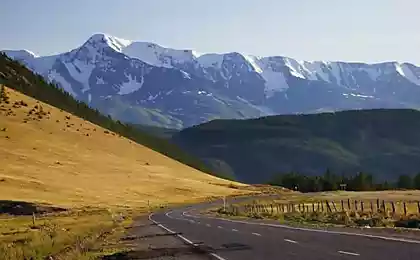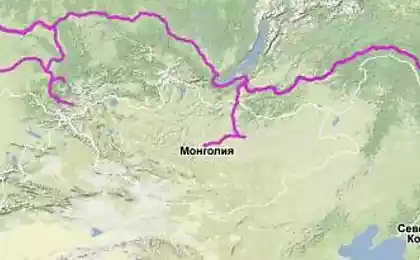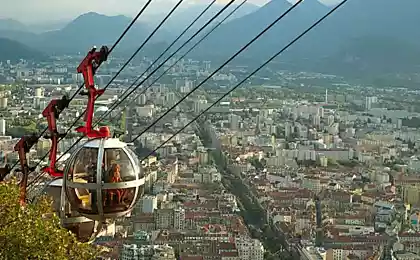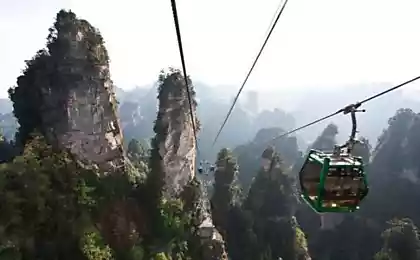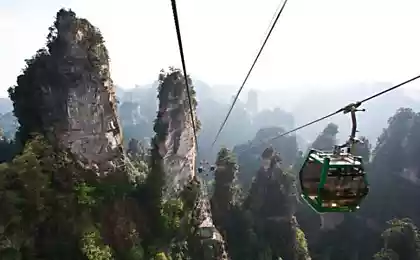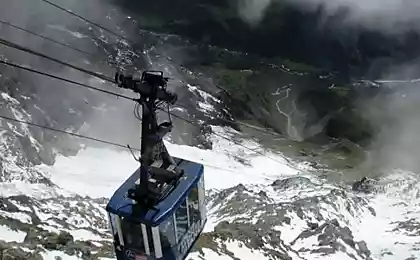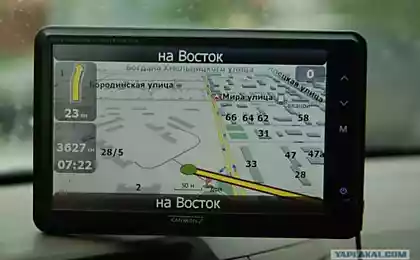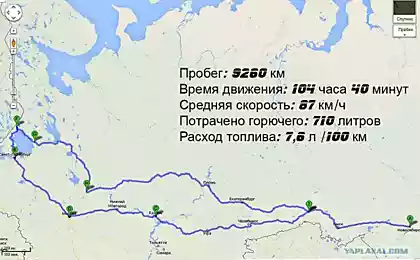1459
Dead Road (48 photos + text)
Among many other Stalin's "great projects" (the White Sea Canal, Volgokanal, railway Kotlas - Vorkuta sites Baikal-Amur Mainline, etc..) Epic construction of the Salekhard - Igarka allocated special crudity and deliberate meaninglessness
The construction of the Salekhard - Igarka, also known as "dead road" in 1947-1953 gg., Can be considered one of the most utopian projects of the Gulag
In 1949, the Soviet leadership had decided to build the polar railway Igarka - Salekhard. Prisoners built roads. The total planned length of the road is 1263 km. The road runs for 200 kilometers south of the Arctic Circle. Problems of construction rests not only in the climatic and geographical problems - permafrost and ten-winter. The route had to cross many creeks, rivers and large rivers. River were directed through small wooden or concrete bridges over the Ob river crossing was carried out in the summer - heavy ferries, in winter - on the rails and sleepers laid directly on ice. Ice for this specially strengthened. For the northern regions of Siberia is characterized by the existence of winter roads - temporary roads that are laid in winter after snow falls, and numerous marshes and rivers are covered with ice. In order to make the car ferry across the river more reliable place to move further freeze - watered, increasing the thickness of the ice. Railroad crossing ice is not just watered, they were frozen logs, sleepers. Device ice crossings for rail transport - a unique invention of Soviet engineers, this probably was not either before or after the construction of a road Igarka - Salekhard. Construction was carried out simultaneously on both sides, on the part of Obi - 501 building and by the Yenisei - 503 building.
Along the single-track across the road at a distance of 5 - 10 km from each other build the camp. These camps are so far. Many of them are perfectly preserved. Run away from the camp was almost impossible. The main road - controlled by guards. The only way to freedom lay to the Yenisei, then up it to 1700 km to the north of Krasnoyarsk and 700 km to the mouth of the Yenisei and Norilsk to Dudinka and who also built the prisoners and hard ohranyalis.Vse necessary for construction of brick-and-nail to a steam locomotive was delivered from the mainland. For 503 construction delivery of goods carried out first on the Trans-Siberian railway to Krasnoyarsk, then down the Yenisei River in the summer by the courts. Just barges were imported rails, locomotives, wagons, trolleys, which are still standing in the tundra. In the postwar years the rails in the USSR was not enough. Importation tracks taken from existing areas. On the rails, and a variety of road crutches release date - since 1892. And it had to import wood. At the latitude of the road construction - tundra and forest tundra, scaffolding there. Its specially stocked to the south and rafts floated down the Yenisei. In the winter, after navigating largest supply of goods from the mainland it was impossible. Navigation on the Yenisei lasts 3-4 months.
Lack of sufficient material provision forced to constantly look for innovative engineering and construction solutions. The roofs of the huts in the camps are not covered slate or tin. Roof cracked during special wood fiber lumps. It was cracked and not pililis. 40 years after the construction of such a roof continued to perform its functions.
By 1953 - the year of Stalin's death - by prisoners was built more than 900 kilometers of single-track railway. After the death of the Leader building was quickly curtailed. Camp, locomotives, bridges and other property just thrown into the tundra. Great building, claimed the lives of more than 100 000 people ended in failure. Over the next few years, a small portion of the property has been taken in some areas, adjacent to the Ob and Yenisei removed rails.
The building was invested 42 billion rubles
01

02
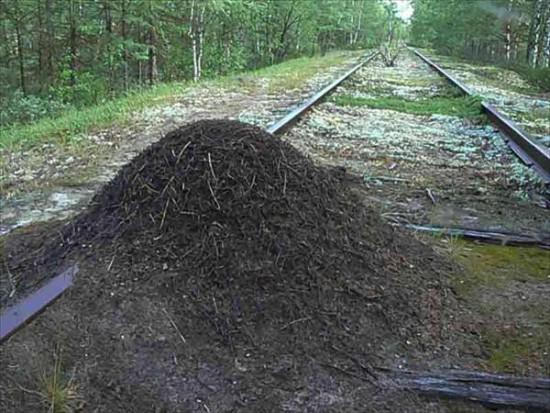
03
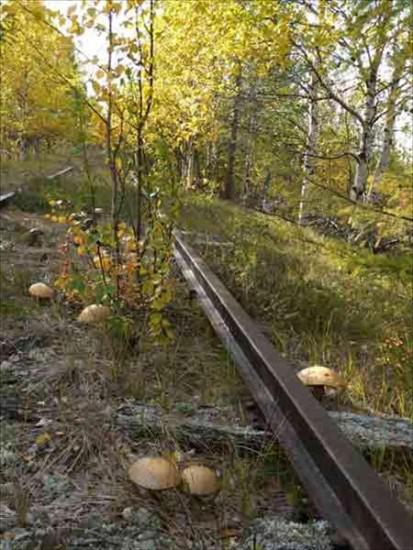
04
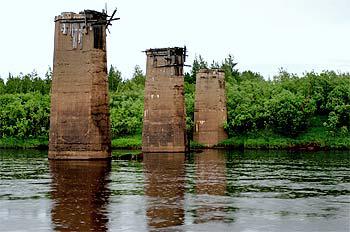
05
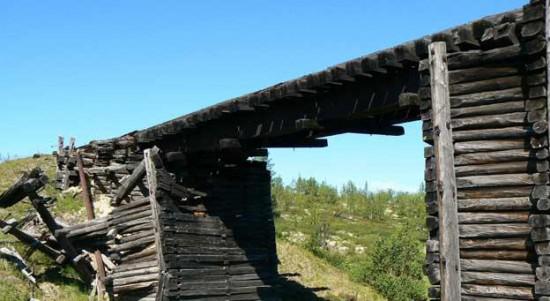
06

07
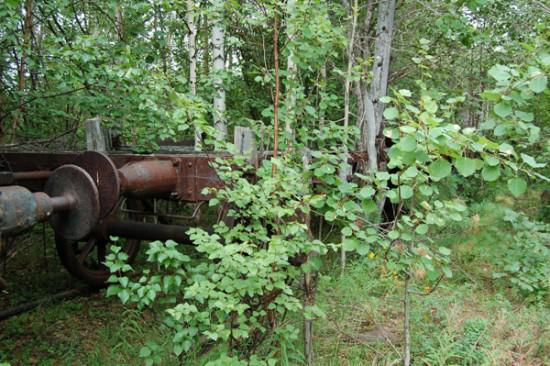
08
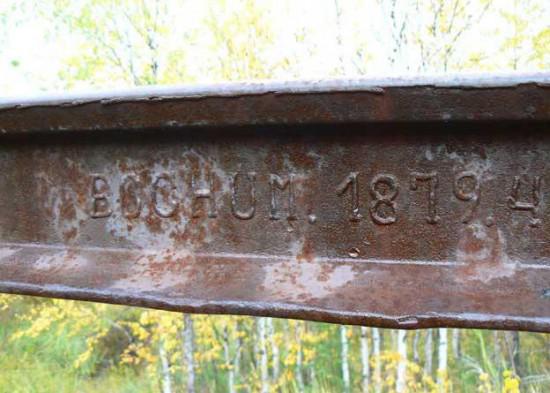
09
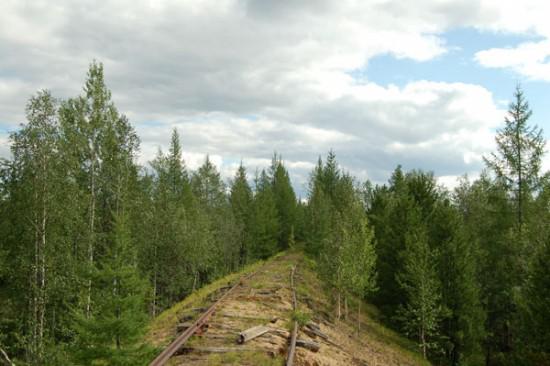
10
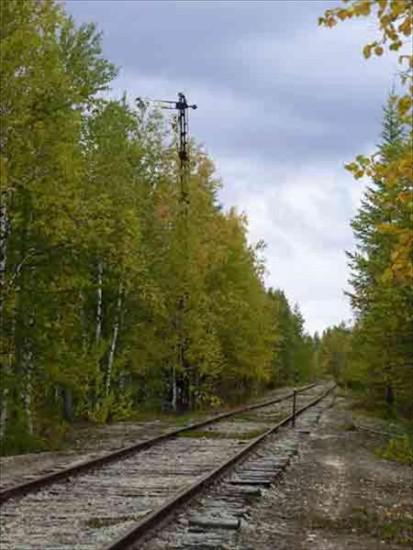
11
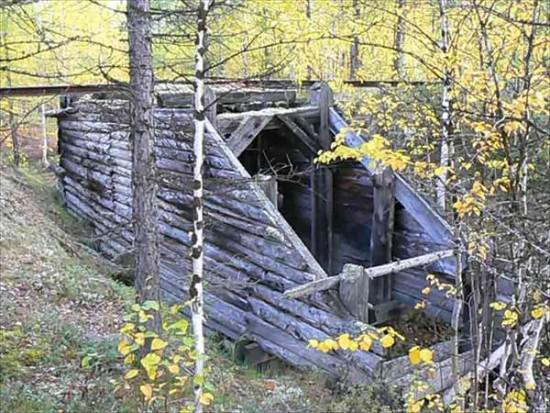
12

13

14
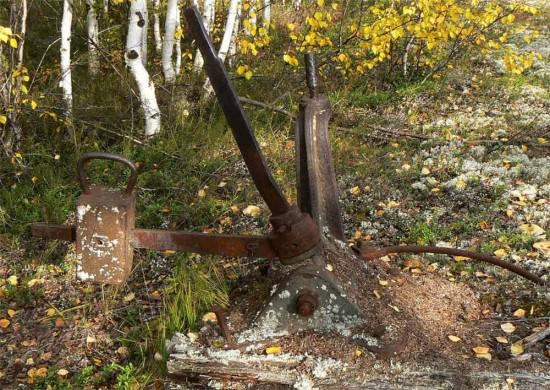
15
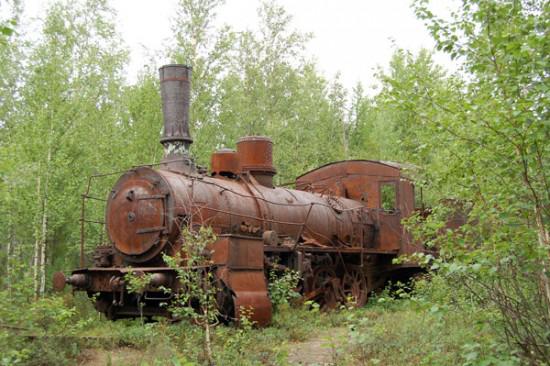
16
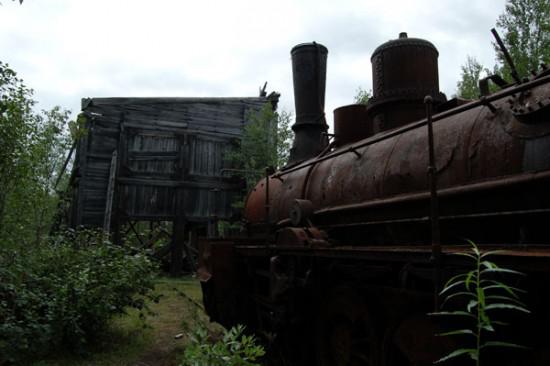
17
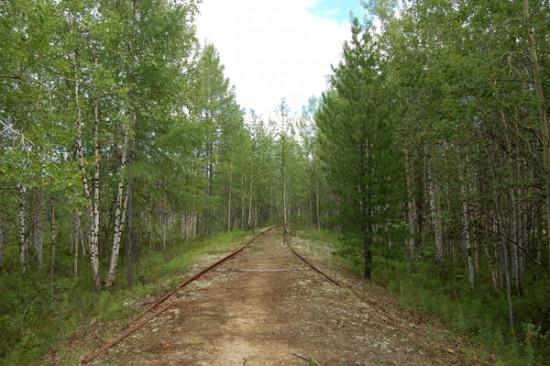
18
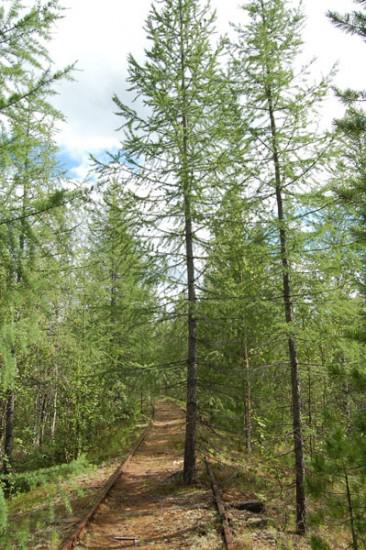
19

20

21
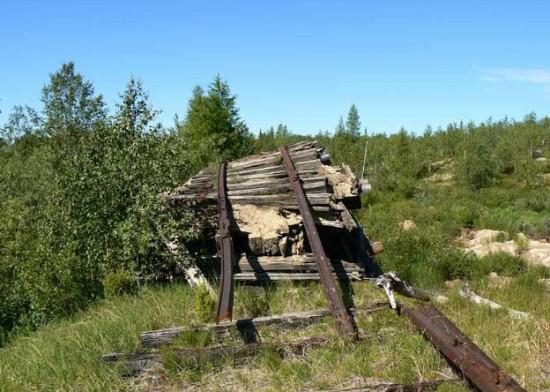
22
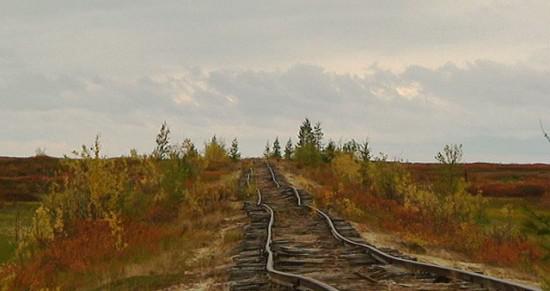
23
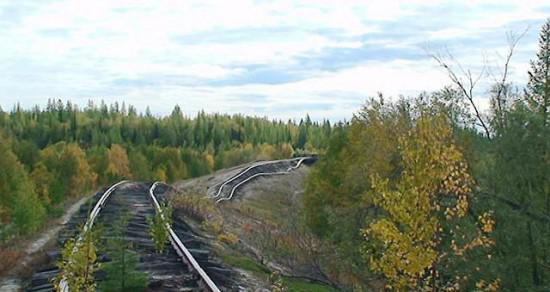
24

25
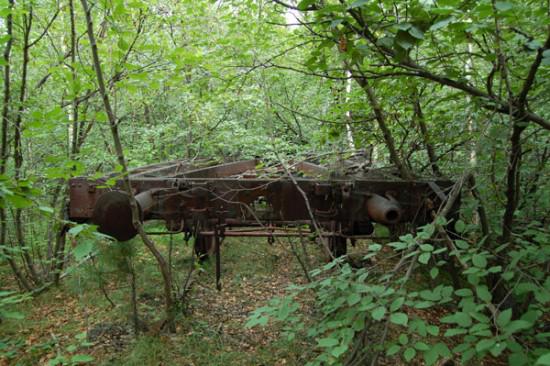
26
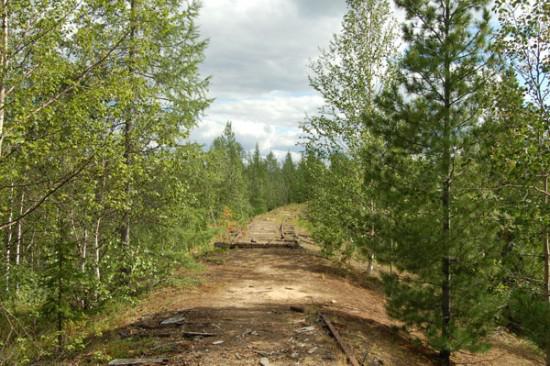
Camp ...
27
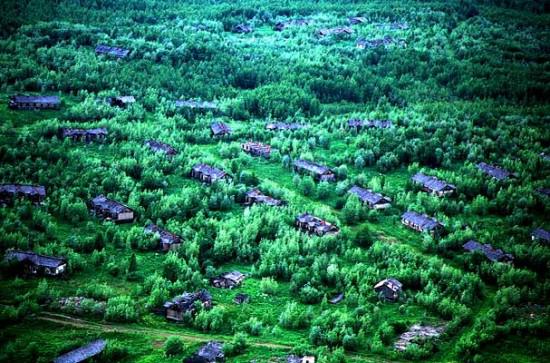
28
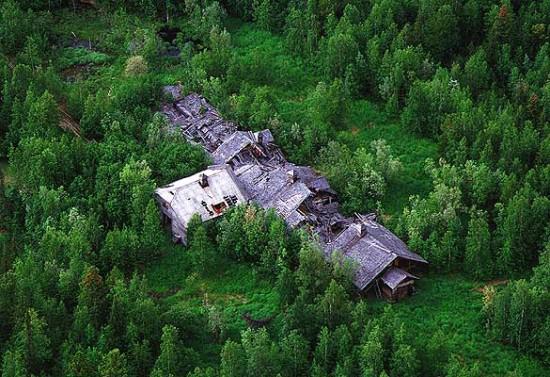
29
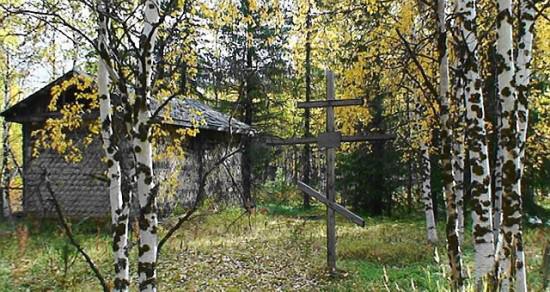
30
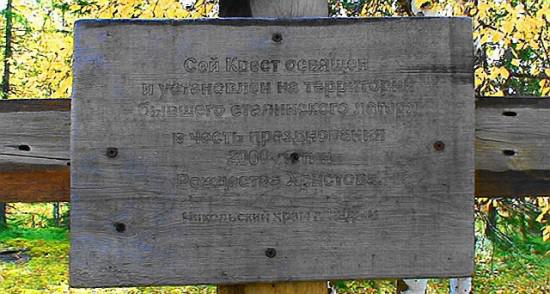
31

32
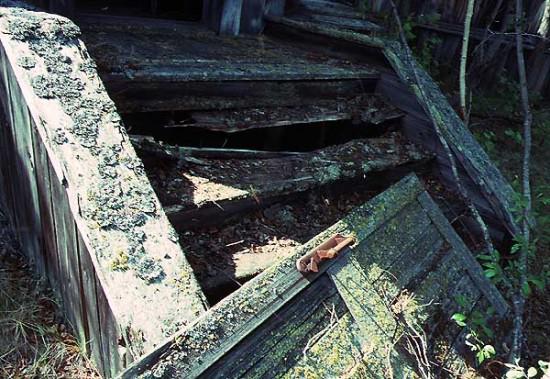
33

34
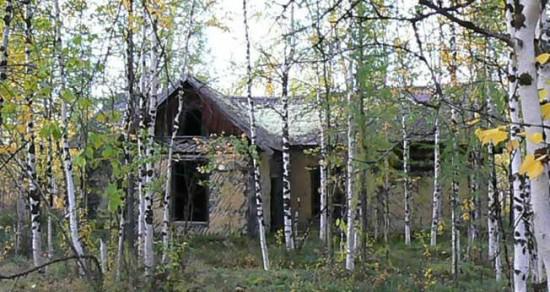
35
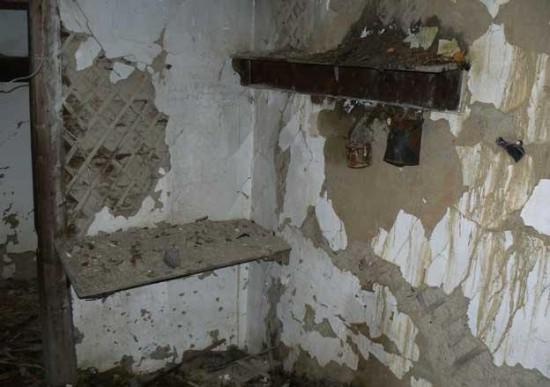
36

37

38

39
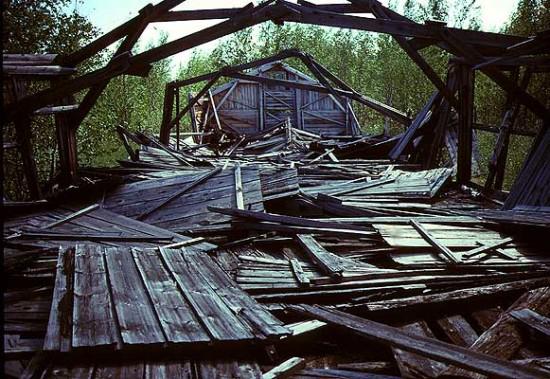
38
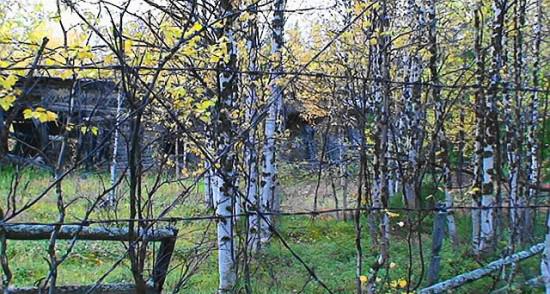
39

40
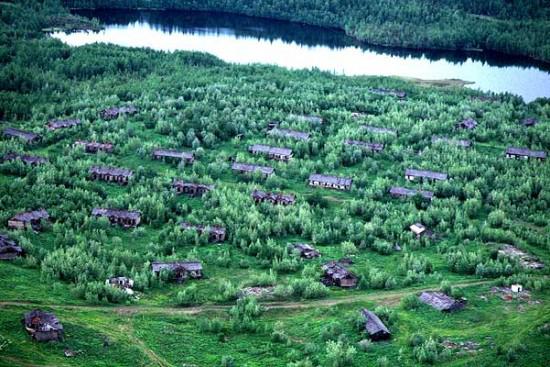
41
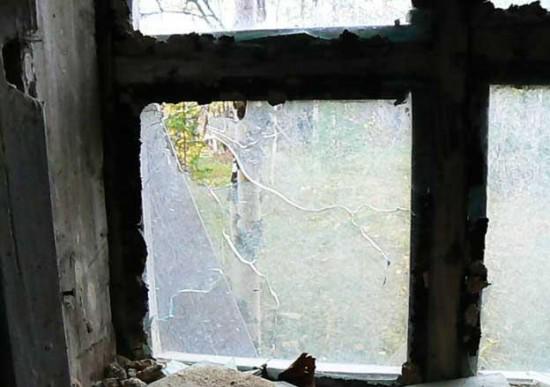
42
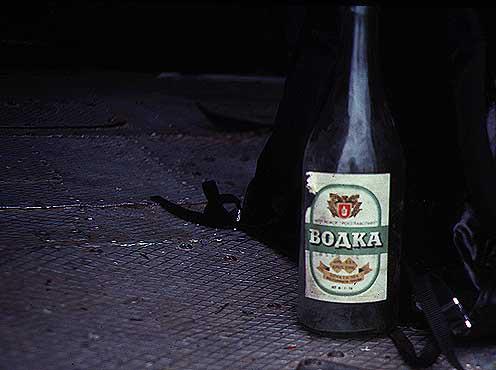
43

44

45
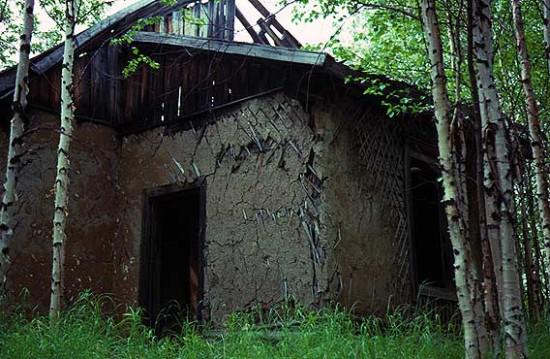
46

47
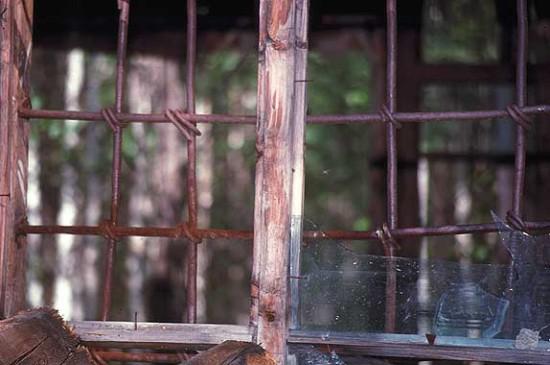
48
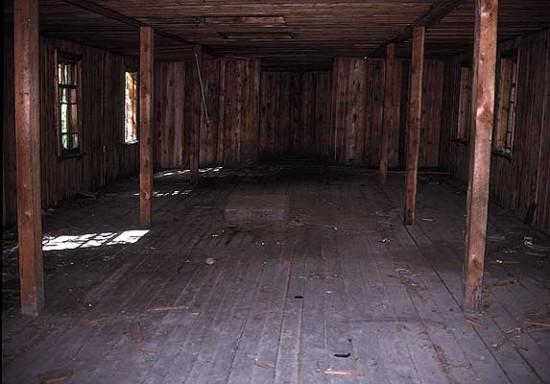
Source:
The construction of the Salekhard - Igarka, also known as "dead road" in 1947-1953 gg., Can be considered one of the most utopian projects of the Gulag
In 1949, the Soviet leadership had decided to build the polar railway Igarka - Salekhard. Prisoners built roads. The total planned length of the road is 1263 km. The road runs for 200 kilometers south of the Arctic Circle. Problems of construction rests not only in the climatic and geographical problems - permafrost and ten-winter. The route had to cross many creeks, rivers and large rivers. River were directed through small wooden or concrete bridges over the Ob river crossing was carried out in the summer - heavy ferries, in winter - on the rails and sleepers laid directly on ice. Ice for this specially strengthened. For the northern regions of Siberia is characterized by the existence of winter roads - temporary roads that are laid in winter after snow falls, and numerous marshes and rivers are covered with ice. In order to make the car ferry across the river more reliable place to move further freeze - watered, increasing the thickness of the ice. Railroad crossing ice is not just watered, they were frozen logs, sleepers. Device ice crossings for rail transport - a unique invention of Soviet engineers, this probably was not either before or after the construction of a road Igarka - Salekhard. Construction was carried out simultaneously on both sides, on the part of Obi - 501 building and by the Yenisei - 503 building.
Along the single-track across the road at a distance of 5 - 10 km from each other build the camp. These camps are so far. Many of them are perfectly preserved. Run away from the camp was almost impossible. The main road - controlled by guards. The only way to freedom lay to the Yenisei, then up it to 1700 km to the north of Krasnoyarsk and 700 km to the mouth of the Yenisei and Norilsk to Dudinka and who also built the prisoners and hard ohranyalis.Vse necessary for construction of brick-and-nail to a steam locomotive was delivered from the mainland. For 503 construction delivery of goods carried out first on the Trans-Siberian railway to Krasnoyarsk, then down the Yenisei River in the summer by the courts. Just barges were imported rails, locomotives, wagons, trolleys, which are still standing in the tundra. In the postwar years the rails in the USSR was not enough. Importation tracks taken from existing areas. On the rails, and a variety of road crutches release date - since 1892. And it had to import wood. At the latitude of the road construction - tundra and forest tundra, scaffolding there. Its specially stocked to the south and rafts floated down the Yenisei. In the winter, after navigating largest supply of goods from the mainland it was impossible. Navigation on the Yenisei lasts 3-4 months.
Lack of sufficient material provision forced to constantly look for innovative engineering and construction solutions. The roofs of the huts in the camps are not covered slate or tin. Roof cracked during special wood fiber lumps. It was cracked and not pililis. 40 years after the construction of such a roof continued to perform its functions.
By 1953 - the year of Stalin's death - by prisoners was built more than 900 kilometers of single-track railway. After the death of the Leader building was quickly curtailed. Camp, locomotives, bridges and other property just thrown into the tundra. Great building, claimed the lives of more than 100 000 people ended in failure. Over the next few years, a small portion of the property has been taken in some areas, adjacent to the Ob and Yenisei removed rails.
The building was invested 42 billion rubles
01

02

03

04

05

06

07

08

09

10

11

12

13

14

15

16

17

18

19

20

21

22

23

24

25

26

Camp ...
27

28

29

30

31

32

33

34

35

36

37

38

39

38

39

40

41

42

43

44

45

46

47

48

Source:
